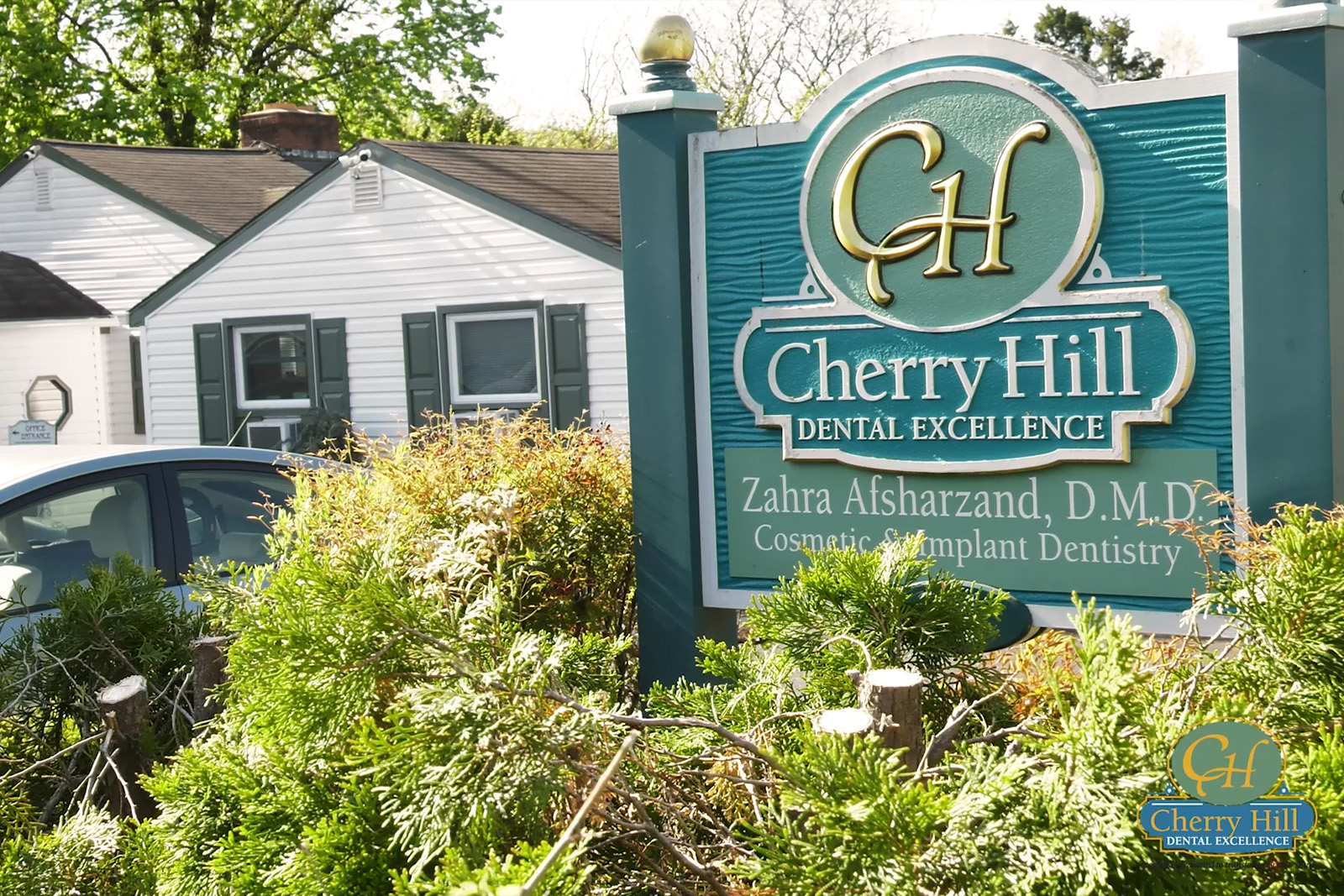
Temporomandibular joint disorders (TMJD or TMJ), are notoriously difficult to diagnose and treat. Many of the related symptoms, such as headaches and earaches, often lead doctors to diagnose a sinus condition, as opposed to a problem with the jaw joint. TMJ symptoms often change in severity, depending on how much stress the sufferer is experiencing. During an intensely stressful period, grinding teeth, debilitating headaches and lockjaw may occur. Botox® injections are sometimes and effective and painless way to alleviate tension in the temporomandibular joint; reducing jaw pain, headaches and suffering.
Botox® is commonly associated with cosmetic practices, for example, eliminating glabellar lines and facial wrinkles. Recently however, Botox® has become an increasingly popular TMJ treatment. Although some TMJ symptoms may improve without any specific treatment, Botox® offers fast and long-lasting relief for those that do not.
Here are several of the major benefits Botox® offers TMJ sufferers:
The temporomandibular joint is located on both sides of the head where the skull adjoins the jawbone. This joint is constantly being used for a variety of daily activities such as chewing, biting speaking and swallowing. The most prominent causes of TMJ are jaw displacement and stress-related involuntary jaw movements. Botox® expediently alleviates temporomandibular tension by relaxing the jaw muscles. This means that in most cases, the unconscious jaw movements cease completely, and the grinding-related headaches are kept at bay.
One of the major advantages of Botox® is that normal functions such as speaking, swallowing and biting are left unaffected. The only major change is the reduction in pain and discomfort. In addition, controlling TMJ can also prevent serious dental problems from occurring later. TMJ, if left untreated, can contribute to tooth decay, gum disease and the loosening of teeth.
Prior to administering Botox® injections, the dentist needs to check the patient’s suitability for treatment. When used in conjunction with certain medications and substances, Botox® may not produce the desired results. It is exceptionally important therefore, to be honest about prior medical history. Botox® is not recommended for pregnant or lactating women dental office since it is non-surgical. Driving ability will not be impaired by the treatment, so there is no need for a designated driver. The injections are no more painful than a bug bite or pinprick.
Normal activity can be resumed immediately after the Botox® treatment, but strenuous activity should be avoided for 24 hours after treatment. It may take several days to feel the full benefits of the treatment, but Botox® will continue to work for up to 3 months.
If you have any questions or concerns about TMJ or the Botox® treatment, please contact our office.
BOTOX® is used as an alternative treatment for TMJ (temporo-mandibular joint) disorders and associated jaw tension and pain. When injected into facial muscles afflicted with soreness and discomfort, BOTOX® relieves TMJ and jaw tension for many patients. The injections often eliminate headaches resulting from teeth grinding, and, in cases of severe stress, BOTOX® can even minimize lock jaw. Although BOTOX® treatment for these conditions is presently experimental; evidence indicates that it can be extremely effective.
Located on both sides of the head at the point where the jawbone meets the skull, the temporo-mandibular joint (TMJ) is used during talking, eating, swallowing, and other everyday activities. If this joint becomes displaced or is overworked through excessive teeth grinding, a person may suffer severe tension headaches, as well as sharp pain in the jaw. BOTOX® relieves jaw tension by making muscles unable to engage in the powerful, often unconscious movement of the jaw that produces headaches and pain.
The BOTOX® alternative treatment for TMJ disorders and jaw tension is usually quick, straightforward, and effective. A non-surgical procedure, BOTOX® injections are administered in a doctor’s office and treatment requires no hospital stay. Most patients experience noticeable improvement within one or two days of their first treatment, although relief can take up to a week.
Only the areas injected with Botox will be “relaxed.” Botox treatment for TMJ therapy will not affect anywhere else in your body. The injections are mainly in the temporalis, frontalis and masseter (see picture below) additional sites may be injected with Botox depending on the severity of the headaches.
The length of the Botox treatment procedure depends on the number of injections needed as determined by the doctor. Still, it is reasonable for the treatment procedure to be completed within 10-30 minutes.
The pain associated with the Botox TMJ Treatment procedure is due to the injections, but it is generally minimal and brief. Some patients have likened the Botox injection pain unto a “bug bite” or “prick”. Pain from the injection can be reduced by numbing proposed injection sites with a cold pack or anesthetic cream. If you are scared of needles the doctor may offer you Happy Gas.
After the Botox TMJ Treatment muscle tenderness will start to disappear almost immediately. Wrinkles begin to disappear within 24 – 48 hours after the injections, and you may continue to see the wrinkles diminish up to one week after the Botox treatment procedure.
There may be mild temporary bruising, numbness, or redness around the injection sites. You will not look 20 years younger, but you may find that you look more natural and relaxed or less sad and angry. A small number of patients treated with Botox injections reported no noticeable difference in the reduction of their wrinkles.
Because the Botox Treatment procedure is non-surgical and non-invasive, it is highly likely that the patient can return to normal activities immediately. However, to avoid spreading the toxin to other muscles, patients should not rub or massage the area injected with Botox and remain upright for many hours. Physical activity should also be limited for a time.
As with any medical procedure there are possible risks and side effects when using Botox for TMJ treatment. Since this is a non-surgical treatment procedure, the risks and possible complications are infrequent, minimal and temporary.
The most common reported side-effects of Botox treatment are headaches, respiratory infection, flu syndrome, temporary eye-lid droop, and nausea. Less commonly reported effects of Botox are pain, redness at spot of injection, and muscle weakness. These symptoms are thought to be connected with the Botox injection and occur within the first week.
There could also be bruising at the injection site. The lips are used more than the forehead for common activities such as chewing, kissing, and talking. Therefore Botox injections around the mouth are less useful in TMJ treatment and can have more potential inconvenient effects. These every day activities may become more difficult and too much Botox® around the mouth can result in drooling. Another limitation to Botox® injection for TMJ treatments is that there is a possibility of developing antibodies that would render the TMJ treatments less and less effective over time. This resistance could be delayed by using the lowest effective dose possible over the longest intervals of time. Botox injection treatments should be avoided during pregnancy and lactation.
Disclaimer: information contained on this website is provided for educational purposes and should not be taken as medical advice.
